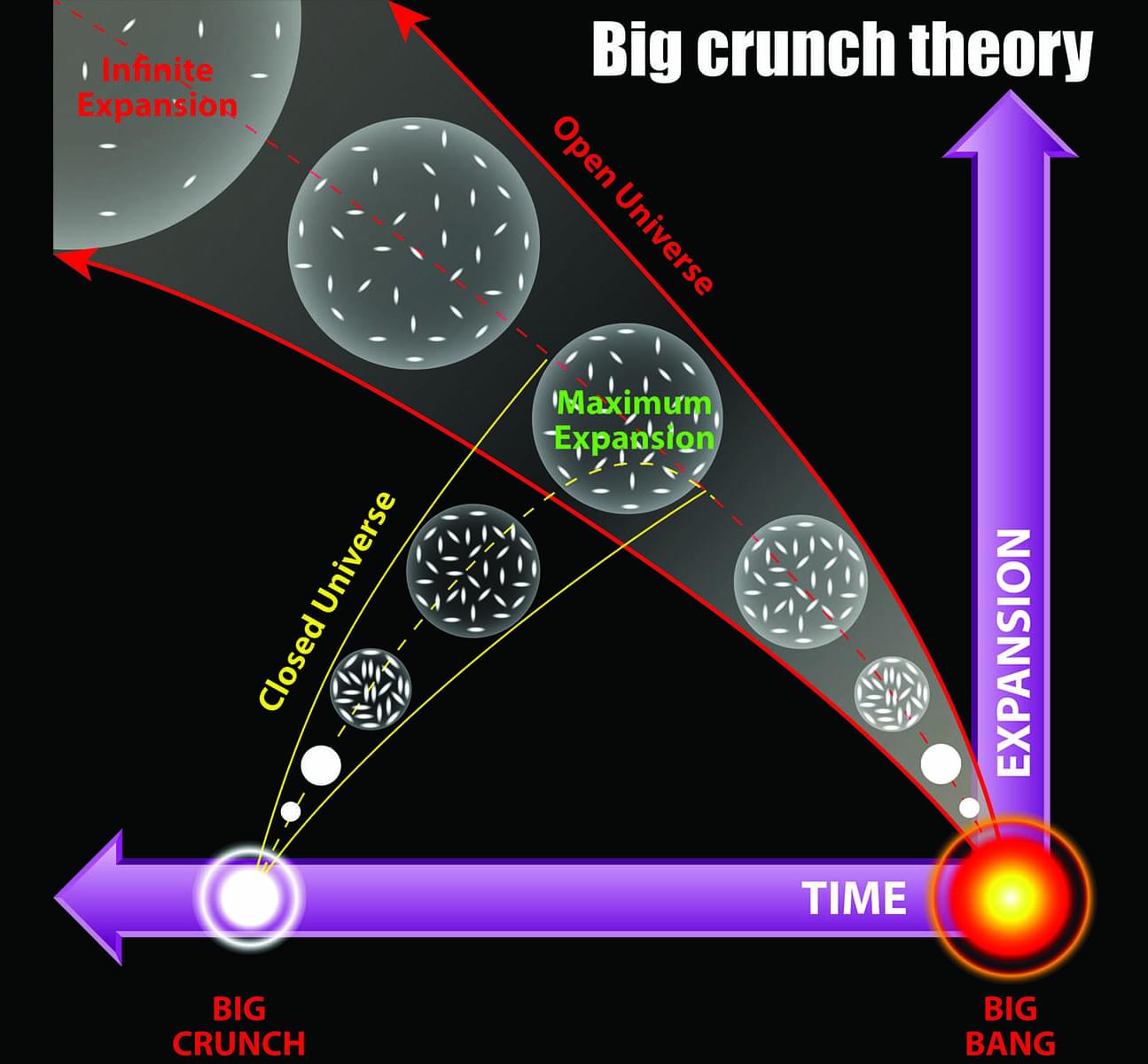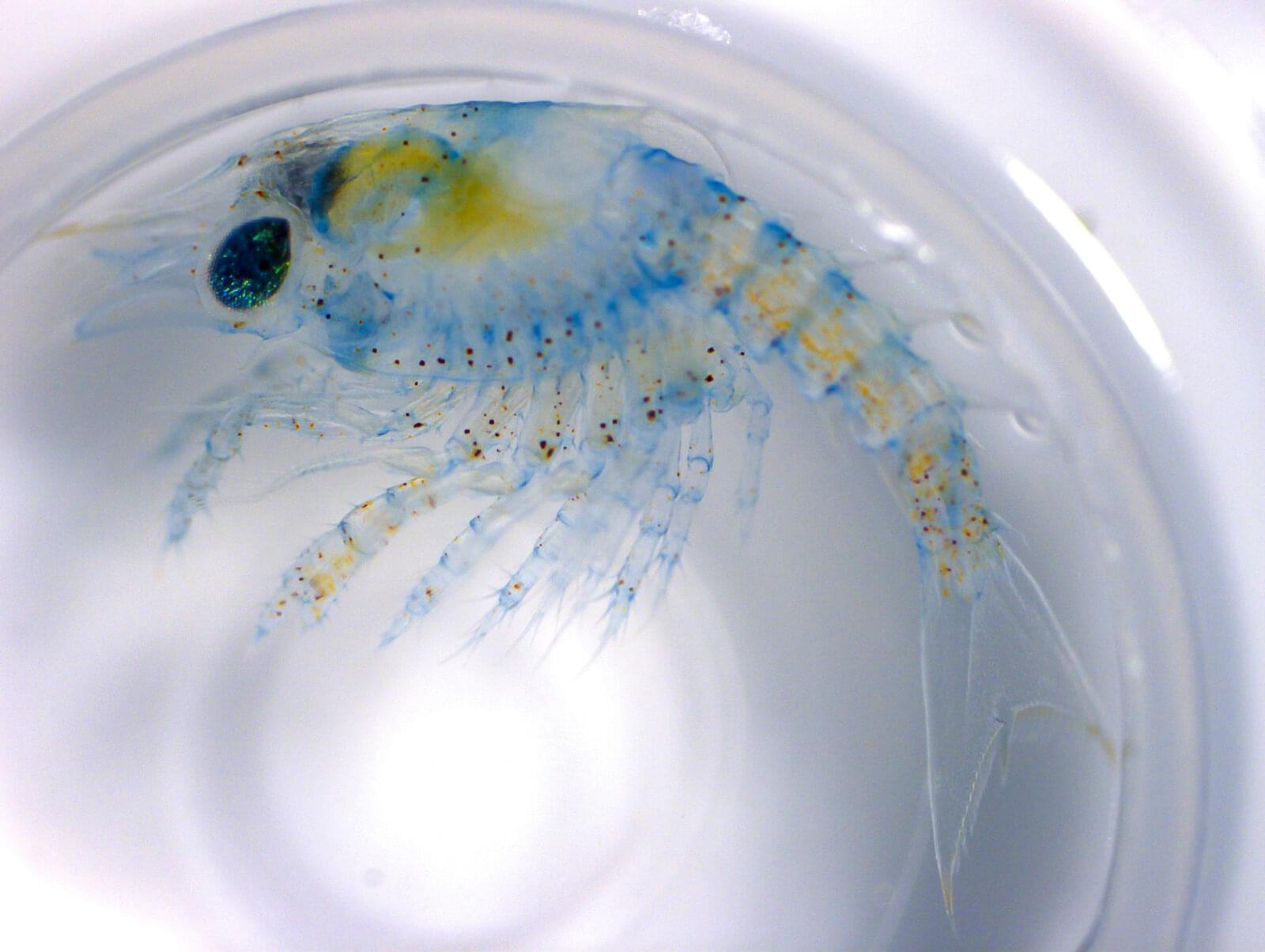Behold Neural Viz, the first great cinematic universe of the AI era. It’s from a guy named Josh.
Category: futurism – Page 46




Microsoft: Running multiple Office apps causes Copilot issues
Microsoft is investigating a bug that causes Copilot issues when multiple Office apps are running simultaneously on the same system.
According to a support document published on Friday, this bug impacts Microsoft 365 customers who launch Excel, Word, PowerPoint, OneNote, Publisher, and Access on the same system.
The issue is triggered when one Office application, such as Excel, has already initiated a WebView2 instance, while another app, like Word, attempts to start a second instance.


Study says the universe will ‘end in a big crunch’ and scientists predict when it will happen
We’ve grown up with the idea that the universe will expand forever, meaning that something called the “cosmological constant” is positive. Space keeps stretching, galaxies drift farther apart, and that seems final.
A new analysis suggests that story might be wrong. It argues that expansion could slow, stop, and – far in the future – reverse. This idea posits that the cosmological constant is actually negative, not positive, as we have assumed.
Fraimic V1 : Interaction Demo
In this video you will see how Fraimic’s patented “Voice-To-Vision” technology allows anyone to speak art into existence, simply by telling Fraimic what they want to see!


Accelerated Gulf of Maine warming may pose a serious threat to American lobsters
The Gulf of Maine is warming faster than 99% of the world’s oceans, raising concerns for its $2 billion-a-year American lobster fishery. Scientists at William & Mary’s Batten School & VIMS have been studying the impacts of ocean acidification and warming on lobster reproduction, and the results of their most recent research suggest the rising temperatures pose the greatest risk.
Utilizing a purpose-built experimental facility designed by Professor Emily Rivest and housed in the Batten School of Coastal & Marine Sciences & VIMS’ Seawater Research Laboratory, the researchers exposed egg-bearing lobsters from the Gulf of Maine to water temperature and pH conditions that mimic those predicted for 2060.
Published in the journal Marine Ecology Progress Series, the results revealed that the embryos can handle ocean acidification surprisingly well, but increased temperatures led to distinct stress responses that ultimately resulted in smaller larvae.